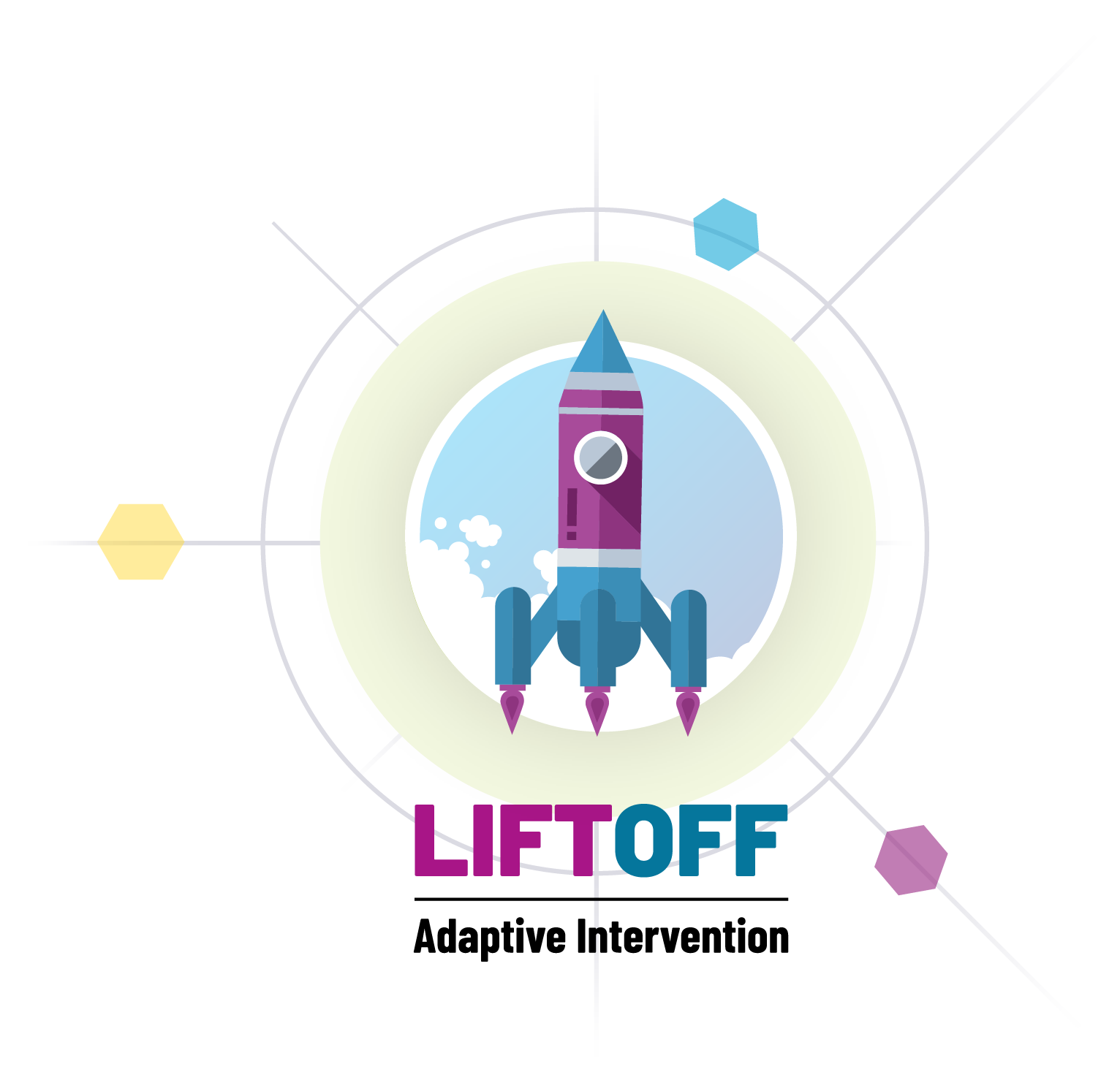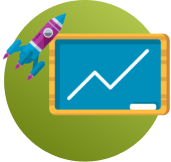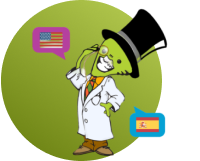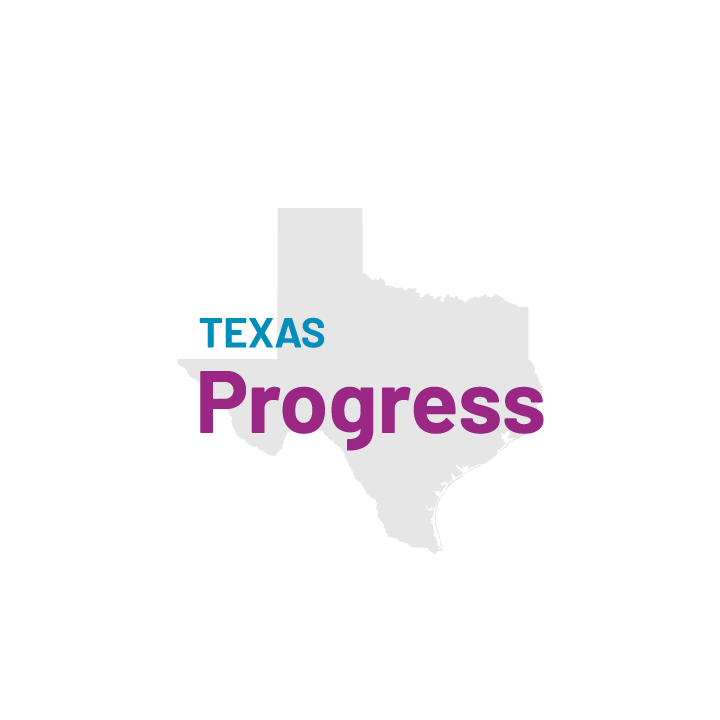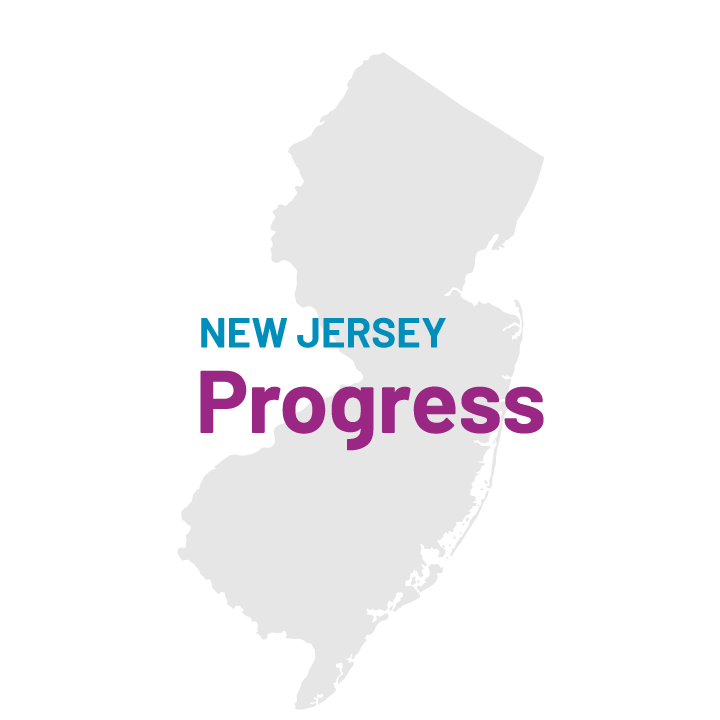Because K-8 math, reading, and science standards have clear progressions from one grade to another, intervention programs can easily be incorporated with Tier I instruction. After a student’s learning gaps have been identified via a universal screener or with Liftoff’s adaptive diagnostic, teachers can easily incorporate Liftoff practice into their grade-level instruction.
For example, if a 5th grade math teacher plans a lesson in 3-digit by 2-digit multiplication (a common 5th grade standard), students with an identified skill gap in multiplication can easily practice and gain mastery in 2-digit by 2-digit or 2-digit by 1-digit multiplication in Liftoff before attempting to practice on-grade-level content. In other words, intervention programs should integrate into teachers’ existing plans and enable them to cater instruction to Tier 1, 2, and 3 students.
